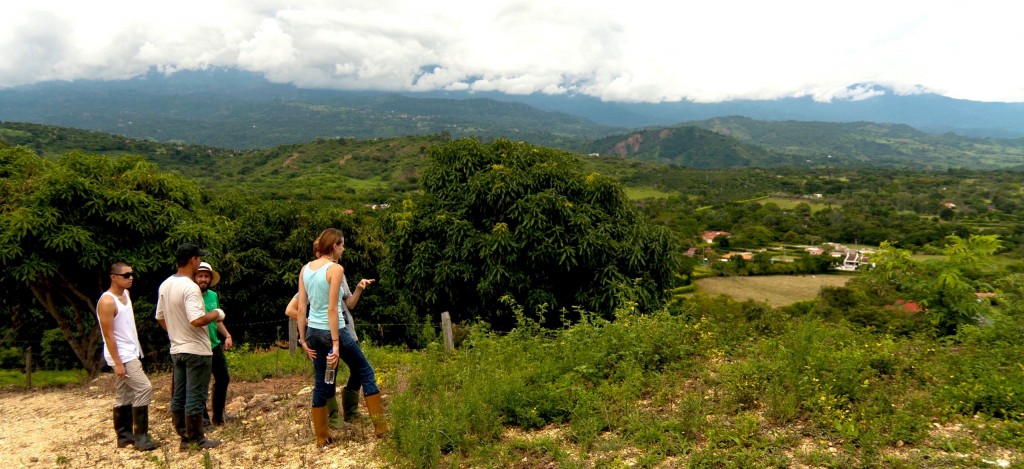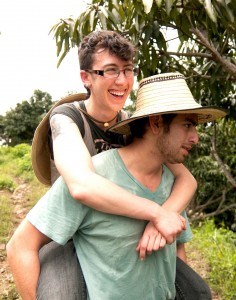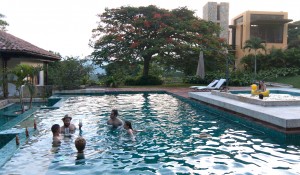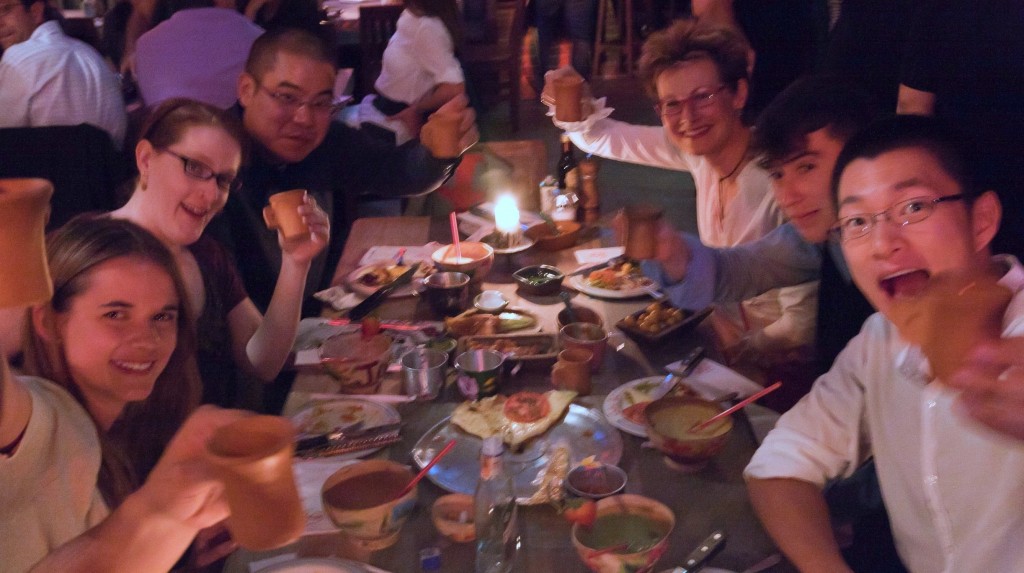The following post is from the Designmatters blog.

Guest Blogger Mariana Prieto di Colloredo (Product Design, 6th term) is the lead contact of Art Center’s social impact student organization Mustard, a member of the sustainability-focused student organization EcoCouncil and a candidate for the Designmatters Concentration in Art and Design for Social Impact.
 Sustainability is more often than not linked to the responsible use of our planets resources to assure its availability for future generations. As true as this is, sustainability can also be applied to our own lives. As designers, we can “burn out” when we drain our creative resources but we can prevent this by refreshing and recharging ourselves from time to time.
Sustainability is more often than not linked to the responsible use of our planets resources to assure its availability for future generations. As true as this is, sustainability can also be applied to our own lives. As designers, we can “burn out” when we drain our creative resources but we can prevent this by refreshing and recharging ourselves from time to time.
 While we are in school the opportunity to go out and research different cultures in a new, exciting and relaxed setting is limited, to say the least.
While we are in school the opportunity to go out and research different cultures in a new, exciting and relaxed setting is limited, to say the least.
Because of this, EcoCouncil has taken the initiative to plan a research trip to explore a new country in a different and exciting way. This last spring Eco Council traveled for ten days to Colombia to remove ourselves from our comfortable surroundings and to work on a design project at an organic mango plantation in Anapoima, Colombia (a small town located 2 hours outside of Bogota).
Our goal was to come up with one design project during our time there while doing physical work at the farm and learning the inner workings of an organic plantation in Latin America.
After days of wielding a pickax, teak planting, mud fishing, milking, horseback riding and learning all there is to know about mango trees, we agreed the most valuable experience was working together with the farm workers through every step of the design process.
This allowed us to develop not only one, but two design projects that are both in the process of implementation.  One of them is a counting system that allows the farm to know how many good or bad mangos are produced during harvest from each individual tree.
One of them is a counting system that allows the farm to know how many good or bad mangos are produced during harvest from each individual tree.
This allows plantations to focus their work efforts on the trees that need it the most. We also designed two branding irons, which will be used to mark the different bull breeds that are raised at the farm.
We immensely enjoyed disconnecting completely from the rest of the world and living only the moment where the farthest thought of the future was “what’s for lunch today?” This allowed us to use other sources of inspiration and reconnect with ourselves and with one another.
Ultimately, we implemented two design projects, but more importantly, we returned with an experience that expanded our vision of field research while uniting people from across many borders, in a positive and enjoyable learning environment.









